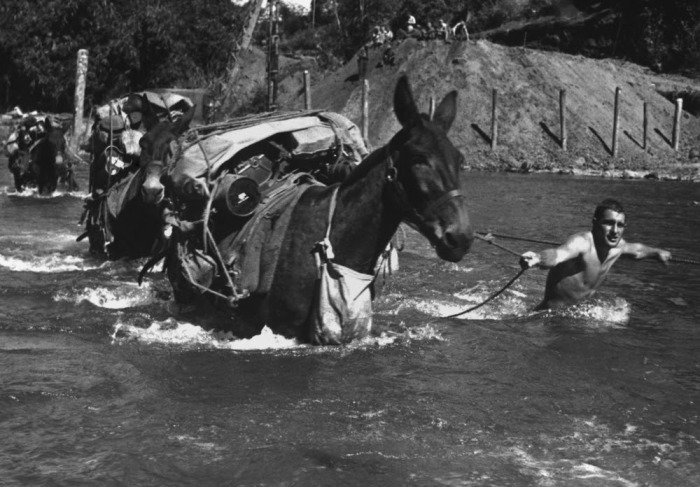Tuesday
Sep062016
LEADERSHIP LESSONS FROM THE BATTLEFIELD
 Tuesday, September 6, 2016 at 3:25PM
Tuesday, September 6, 2016 at 3:25PM 
I'm not much of an historian, and certainly not a military historian, but the name of Field Marshall William Slim keeps coming up in my leadership reading. Slim commanded a British field army in Burma fighting the Japanese in the '40s. Here are some things that Slim did that made him highly effective as a leader, despite being low profile.
1. Keep it simple. Slim regularly received 100 pages of orders when what he really needed was five. He writes in his book that the most important part of an order was the 'commander's intent'. I'd call that vision.
2. Establish a battle rhythm. Despite spending three and a half years fighting the Japanese, when at the time an 12 month deployment was more common, Slim maintained his energy and focus by exercising, reading and sleeping. He trusted his men to handle things while he rested.
3. Planning is everything and nothing. Slim was a mad planner and made sure of everything before going into battle. Even then, not everything went to plan and when it didn't, he was flexible about changing.
4. Ruthlessly enforce standards. Slim made it known exactly what he expected and ruthlessly followed through. His people responded and he achieved results. For example, malaria was rife at the time and was a major threat to his troops. He banned shorts and short sleeves to protect against mosquitos.
Here's my favourite quote from Slim.
"When you cannot make up your mind which of two evenly balanced courses of action you should take, choose the bolder."
1. Keep it simple. Slim regularly received 100 pages of orders when what he really needed was five. He writes in his book that the most important part of an order was the 'commander's intent'. I'd call that vision.
2. Establish a battle rhythm. Despite spending three and a half years fighting the Japanese, when at the time an 12 month deployment was more common, Slim maintained his energy and focus by exercising, reading and sleeping. He trusted his men to handle things while he rested.
3. Planning is everything and nothing. Slim was a mad planner and made sure of everything before going into battle. Even then, not everything went to plan and when it didn't, he was flexible about changing.
4. Ruthlessly enforce standards. Slim made it known exactly what he expected and ruthlessly followed through. His people responded and he achieved results. For example, malaria was rife at the time and was a major threat to his troops. He banned shorts and short sleeves to protect against mosquitos.
Here's my favourite quote from Slim.
"When you cannot make up your mind which of two evenly balanced courses of action you should take, choose the bolder."
tagged  leadership,
leadership,  leadership development in
leadership development in  Influence,
Influence,  Leadership,
Leadership,  Managers,
Managers,  Teamwork
Teamwork
 leadership,
leadership,  leadership development in
leadership development in  Influence,
Influence,  Leadership,
Leadership,  Managers,
Managers,  Teamwork
Teamwork 
Reader Comments